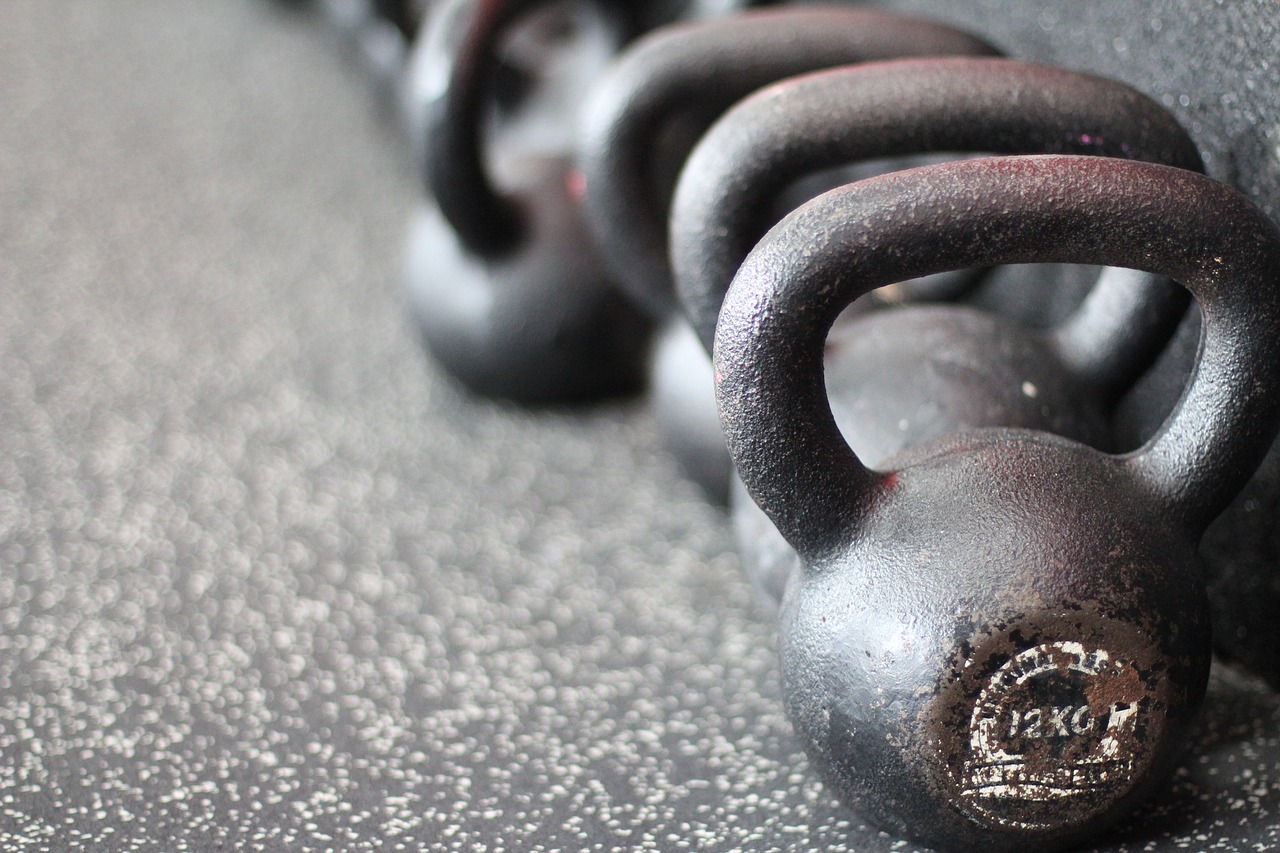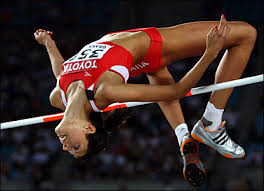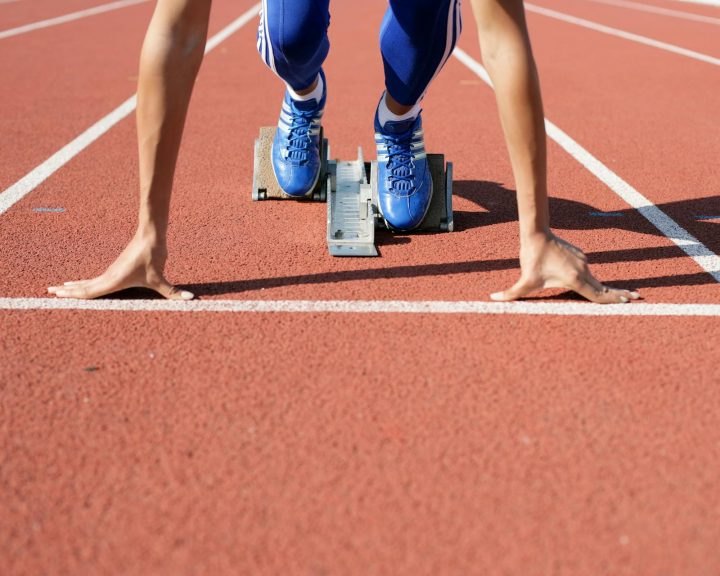With young baseball pitchers, there has been concern for a while about overdoing pitching and leading to elbow and shoulder issues. One of the thoughts is that maybe younger baseball players should practice pitching with lighter baseballs. In addition to providing less stress to the joints, it might enable to player to achieve a greater arm-swing velocity which might carry over to the regulation size ball.
Yang et al, in the December issue of the Journal of Strength and Conditioning Research, investigated this using a ten-week study of 24 young baseball players (mean age of 14 years old). The athletes trained pitching three times per week and were divided into a lightweight group (group L), using a 4.4 ounce ball and a regular weight group (group R), using the five ounce ball. Both groups threw the same number of pitches in practice, the ball weight was the only difference. The athletes were pre- and post-tested on their throwing accuracy (ball location relative to a target), throwing velocity, arm swing velocity, and maximum shoulder external rotation all on ten pitches using a regulation size baseball.
At the end of ten weeks of training:
- Both groups improved their accuracy by a similar amount (about 1.3%).
- The lightweight group improved their throwing velocity by a little over 3%, the regular group by about .7%. On average, the lightweight group was throwing at almost 70 miles per hour.
- The lightweight group improved their arm swing velocity by more than 5%, the regular group by about 1.4%.
- The lightweight group improved their maximum shoulder external rotation by about 1%, the regular group by about .5%.
This study suggests that training with a lightweight baseball produces increases to throwing velocity and arm swing velocity that transfer to a regulation baseball. This seems to be done without major changes to accuracy or pitching mechanics.
There are some things to consider before changing your young pitcher preparation. First, the article mentions that these youth baseball players are training for five hours a day on baseball. In other words, this is not your neighborhood little league team. As they are spending so much time training, it is possible that the athletes are practicing throwing, playing in scrimmages, and practicing in game situations and all of this can influence the results of the study. In other words, the three times a week with the lightweight ball may not be all the throwing/pitching that these athletes are doing. A second consideration is one that the authors mention as a caution. Training with the lightweight ball may, in the long term, alter pitching mechanics enough to set the athlete up for injury. After all, the athlete is throwing at a greater velocity and it’s unclear if their elbow and shoulder can handle that increased velocity.
Yang, W-W., Liu, Y-C., Lu, L-C., Chang, H-Y., Chou, P. P-H., and Liu, C. (2013). Performance enhancement among adolescent players after 10 weeks of pitching training with appropriate baseball weights. Journal of Strength and Conditioning Research, 27(12): 3245-3251.



